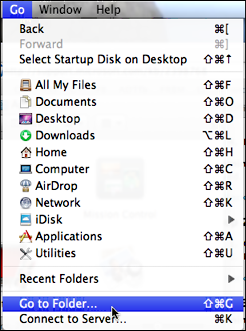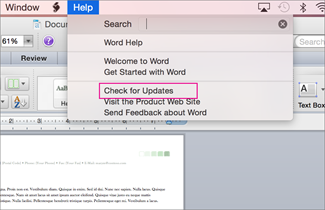

- #Remove office 2011 for mac how to
- #Remove office 2011 for mac for mac
- #Remove office 2011 for mac mac os x
- #Remove office 2011 for mac install
Once you remove the application files, it’s time to start removing all the little files spread throughout your system. Step 3: Removing the Preferences, Subscription File, and License If you want it all gone, roll up your sleeves and get to it.

You could simply stop here Office would be basically uninstalled, but as we said before, there’s a lot of little files that Office writes all over you drive. The simplest way to do this is to click and drag them out of the Dock. While you’re at it, you can also remove the Office icons from your Dock (if you have any pinned there). Open your Applications folder and locate the “Microsoft Office 2011 folder. If any are running, simply use “Command + Q” to quit them Step 2: Remove the Office Folder and Dock Icons The easiest way to do this is to simply use “Command + Tab” to switch between running apps. The first thing you need to do before you can remove Office 2011 is to make sure none of its applications are running. It’s no great mystery why we’d want to uninstall Office 2011. Still need help? Go to Microsoft Community. Microsoft makes no warranty, implied or otherwise, about the performance or reliability of these products. The third-party products that this article discusses are manufactured by companies that are independent of Microsoft.
#Remove office 2011 for mac for mac
To view the Lync for Mac 2011 deployment guide, go to the following Microsoft website: Lync for Mac 2011 Deployment Guide. Users/Home Folder/Library/Caches/Ĭontains server names and endpoints from previous connections to Lync servers. Users/Home Folder/Library/Preferences/Ĭontains application preferences for Lync. Users/Home Folder/Documents/Microsoft User Data/Microsoft Lync HistoryĬontains conversation history for the user currently logged in. Users/Home Folder/Documents/Microsoft User Data/Microsoft Lync DataĬontains information about the users who have logged into Lync for Mac 2011 on this user account. See the following table for more information about the path locations that are used in Lync for Mac 2011.

Users/username/Library/Logs/Microsoft-Lync.log Note This file is present only if you turned on Lync Logging. Users/username/Library/Logs/Microsoft-Lync-x.log Users/username/Library/Preferences/ByHost/ To remove your existing Lync preferences, delete the following files: Log on to your computer by using administrative credentials. If the issue is resolved by creating the new profile, it will be determined that the issue was caused by a corrupted profile. If you contact Microsoft technical support, you may be asked to create the new profile as a troubleshooting step. You may be able to avoid uninstalling Lync for Mac 2011 if you create a new profile on the Mac. To cleanly uninstall Lync for Mac 2011, follow these steps:
#Remove office 2011 for mac how to
This article describes how to do a clean uninstallation of Microsoft Lync for Mac 2011. The removal tool only deletes the Office program from your Mac.-> Introduction Some programs, such as Microsoft Office 20, include removal tools to simplify the uninstall process.
#Remove office 2011 for mac mac os x
Mac OS X doesn't include a system-wide program removal tool. Head to Launchpad, and type the Office app name in the search box Click and hold the app that appears, until it begins to wiggle and shows “X” Tap the “X” in the left top corner, and then click Delete in the pop-up dialog Once you click the X icon, the app will be uninstalled instantly from your Mac. Follow the instructions in the link carefully. In order to have a successful reinstall of Microsoft Office you must completely remove Office 2011 and then reinstall.
#Remove office 2011 for mac install
Choose Software Update and install the Mac OS updates. Make sure your Mac has a live internet connection, then click the Apple menu in the upper left corner of your screen.


 0 kommentar(er)
0 kommentar(er)
